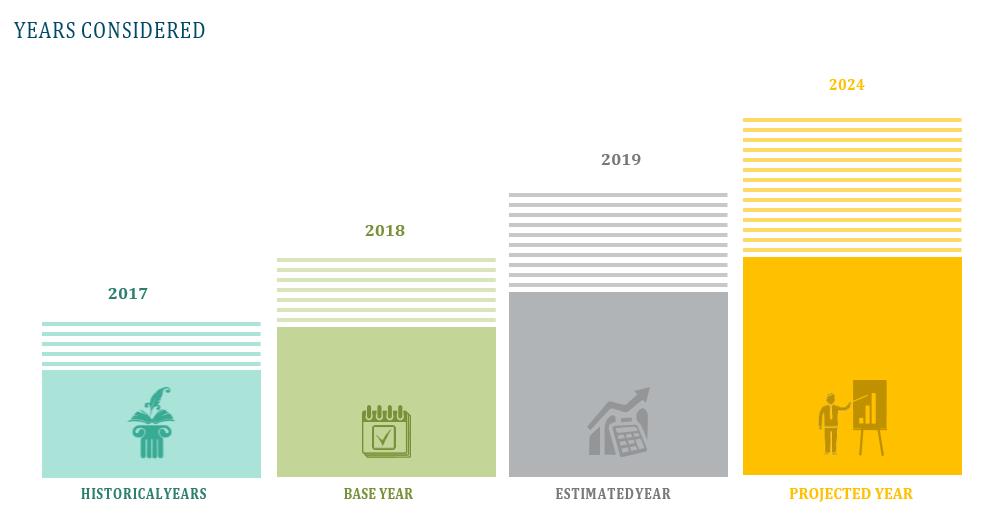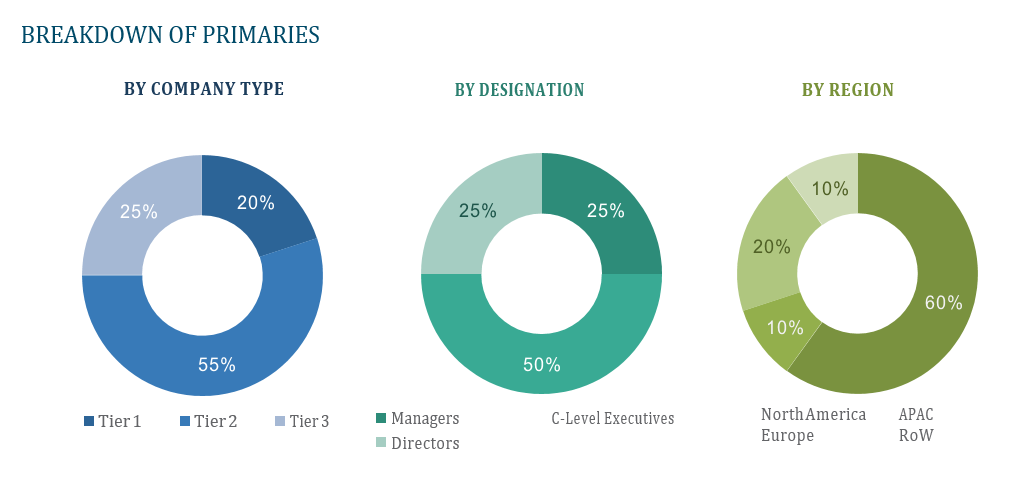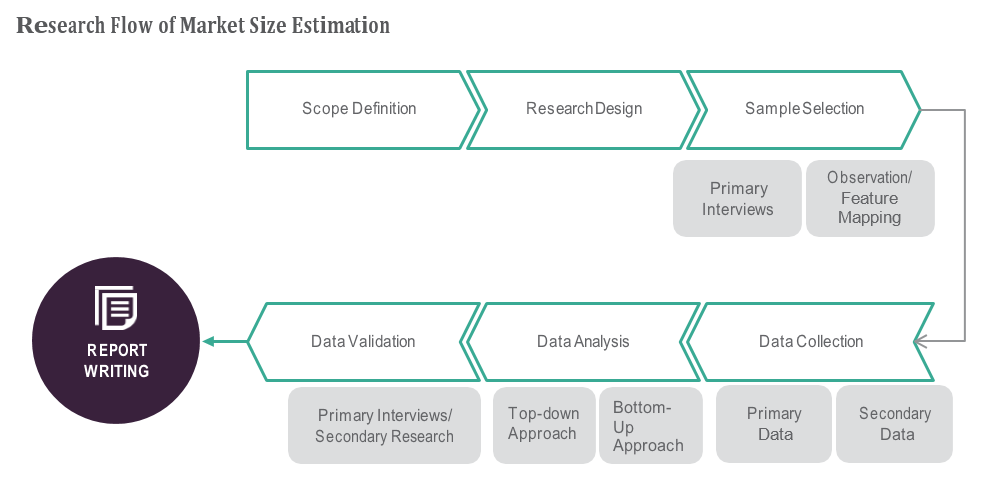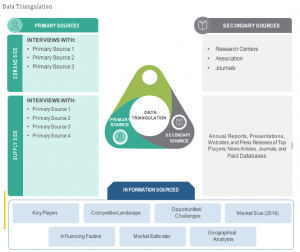OVERVIEW
The smart irrigation market is expected to reach USD 1.911 million by 2024, rising at CAGR by 15.7% from 2019 to 2024. Major drivers for the smart irrigation market include measures undertaken by various governments to promote water conservation, a rise in agricultural operating costs, and a rising focus on increasing farm productivity and income using smart irrigation solutions.








TABLE OF CONTENT
1 Global Smart Irrigation Market
1.1 Study Objectives
1.2 Market Definition
1.3 Study Scope
1.3.1 Markets Covered
1.3.2 Geographic Scope
2 RESEARCH METHODOLOGY
2.1 Research Data
2.1.1 Secondary Data
2.1.1.1 Key Data From Secondary Sources
2.1.2 Primary Data
2.1.2.1 Key Data From Primary Sources
2.1.2.2 Key Industry Insights
2.1.2.3 Breakdown of Primaries
2.2 Market Size Estimation
2.2.1 Bottom-Up Approach
2.2.2 Top-Down Approach
2.3 Market Breakdown and Data Triangulation
2.4 Research Assumptions
3 Global Smart Irrigation Market – Executive Summary
3.1 Market Revenue, Market Size and Key Trends by Company
3.2 Key Trends by type of Application
3.3 Key Trends segmented by Geography
4 Global Smart Irrigation Market – Comparative Analysis
4.1 Product Benchmarking – Top 10 companies
4.2 Top 5 Financials Analysis
4.3 Market Value split by Top 10 companies
4.4 Patent Analysis – Top 10 companies
4.5 Pricing Analysis
5 Global Smart Irrigation Market – Industry Market Entry Scenario
5.1 Regulatory Framework Overview
5.2 New Business and Ease of Doing business index
5.3 Case studies of successful ventures
5.4 Customer Analysis – Top 10 companies
6 Global Smart Irrigation Market – Market Forces
6.1 Introduction
6.2 Market Dynamics
6.2.1 Drivers
6.2.2 Opportunities
6.2.3 Challenges
6.3 Porters Analysis of Market
6.3.1 Bargaining power of suppliers
6.3.2 Bargaining powers of customers
6.3.3 Threat of new entrants
6.3.4 Rivalry among existing players
6.3.5 Threat of substitutes
7 Global Smart Irrigation Market – Strategic Analysis
7.1 Value Chain analysis
7.2 Product Life Cycle
7.3 Supplier and distributor analysis (Market share and product dealing strategies)
8 Global Smart Irrigation Market – By Application (Market Size – & million/billion)
8.1 Agricultural
8.2 Nonagricultural
9 Global Smart Irrigation Market – By System Type
9.1 Weather-based Controller Systems
9.2 Sensor-based Controller Systems
10 Global Smart Irrigation Market – By Component
10.1 Controllers
10.2 Sensors
10.3 Water Flow Meters
10.4 Others
11 Global Smart Irrigation Market – By Geography (Market Size – & million/billion)
11.1 Introduction
11.2 North America
11.2.1 US
11.2.2 Canada
11.2.3 Mexico
11.3 Europe
11.3.1 U.K
11.3.2 Germany
11.3.3 Italy
11.3.4 France
11.3.5 Spain
11.3.6 Rest of Europe
11.4 Asia-Pacific
11.4.1 China
11.4.2 Japan
11.4.3 India
11.4.4 South Korea
11.4.5 Rest of APAC
11.5 Rest of the World
11.5.1 South America
11.5.2 Middle East
11.5.3 Africa
12 Global Smart Irrigation Market – Entropy
12.1 New product launches
12.2 M&A’s, collaborations, JVs and partnerships
13 Global Smart Irrigation Market Company Profile (Key Players)
13.1 Market Share, Company Revenue, Products, M&A, Developments
13.2 Rain Bird Corporation
13.3 The Toro Company
13.4 Hunter Industries
13.5 Rachio
13.6 Weathersmatic
13.7 Hydropoint
13.8 Banyan Water
13.9 Netafim
13.10 Stevens Water Monitoring Systems
13.11 Galcon
13.12 Company 11 & more
14 Global Smart Irrigation Market – Appendix
14.1 Sources
14.2 Abbreviations










